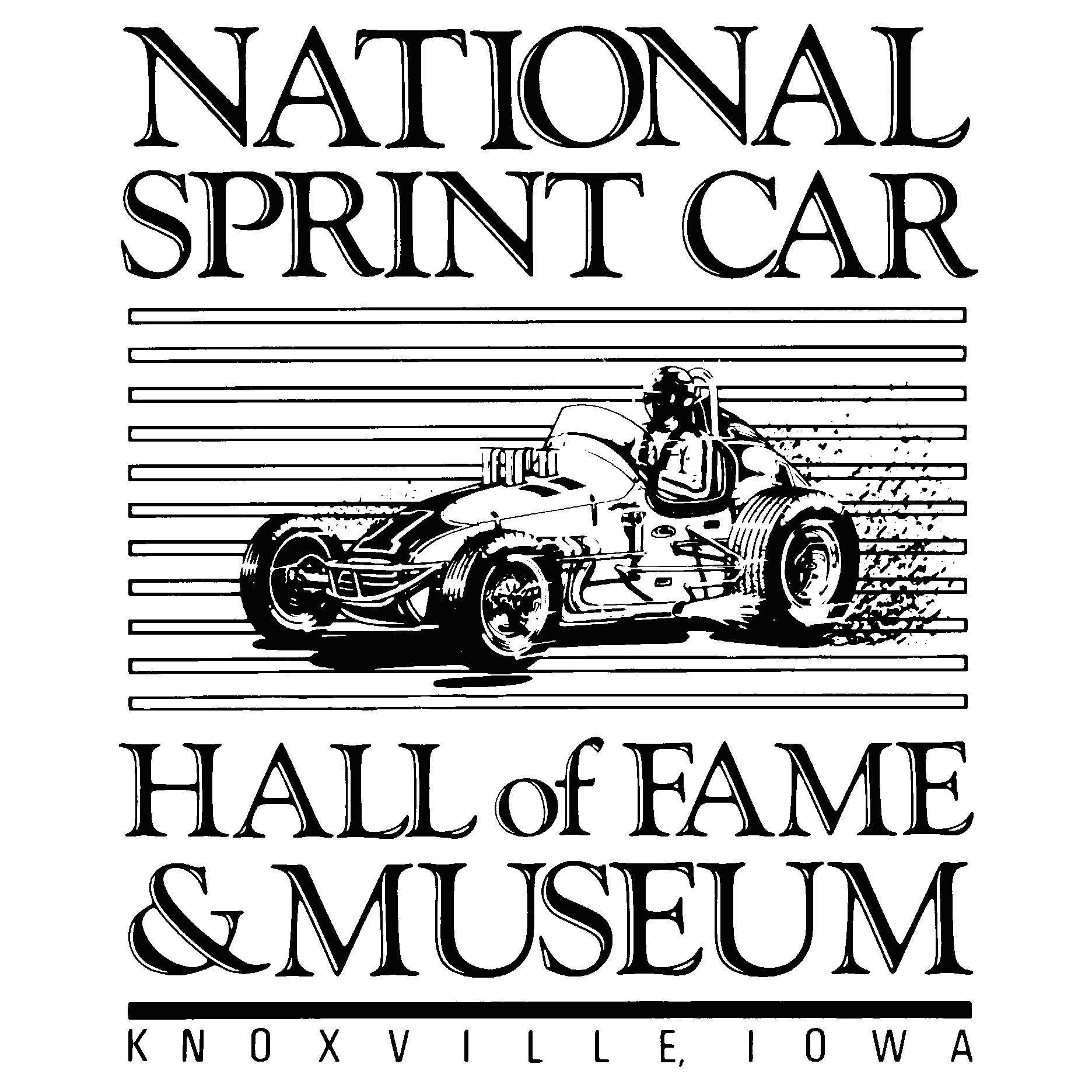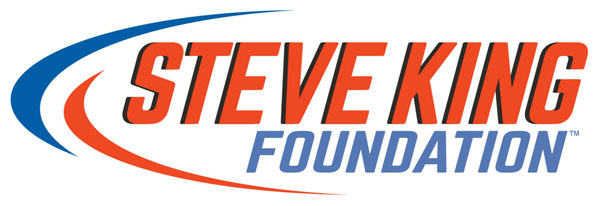Atlanta revival produced great racing but needs to remain unique
Photo by Dave Biro/DB3Inc
ATLANTA—Two hours after the checkered flag waved on the Folds of Honor QuikTrip 500, fans were still tailgating outside Atlanta Motor Speedway.
While the party was winding down, there was still post-race buzz in the air. As the younger fans settled into their cars, the adults hugged each other before bidding farewell, followed by a “See you in Talladega!”
Is it any surprise that enthusiasts of Talladega Superspeedway would attend a track that was advertised as a hybrid of the two former restrictor-plate tracks on the circuit? Absolutely not.
Following the reconfiguration of Atlanta Motor Speedway, the weekend’s events were the most anticipated on the 2022 NASCAR schedule. Could it really be possible to reimagine an intermediate oval—one of six on the schedule that had collectively earned the pejorative term cookie-cutter tracks over the last two decades? It’s fair to say the 1.5-mile venues have lost some of their luster over the last two decades.
Las Vegas Motor Speedway continues to attract fans simply because it’s a destination track. Texas Motor Speedway lost one of its points races—and its direction along the way. Homestead-Miami Speedway has bounced around the race calendar—despite being perfectly suited to host the season finale. Kansas Speedway has held its own, although attendance for the spring race has waned.
Kentucky Speedway and Chicagoland Speedway have fallen off of the schedule entirely.
And then there are Charlotte and Atlanta Motor Speedways—two Speedway Motorsports Inc. complexes that have hosted six decades of racing with many facelifts along the way. When it comes to reinventing a track, no organization does it better than SMI. When fans stopped showing up for the fall race—even though it was nestled in the Playoffs—SMI introduced the Roval in 2018. The Roval, another hybrid but one that combined a road course with an oval, organically offered side-by-side, edge-of-the-seat racing with its narrow twists and turns.
Last year, the SMI brain trust turned Bristol Motor Speedway into a dirt track. While Mother Nature didn’t cooperate, SMI wasn’t afraid to think outside the box. After regaining a second date for Atlanta last year, following nine years of single-season events and dwindling attendance, SMI designed a dramatic arena for drivers to race.
When Daytona 500 winner Austin Cindric wrecked 200 laps into the contest, he was asked to compare the racing at Atlanta to that at Daytona International Speedway.
“It’s quite a bit different," Cindric said. "In some ways leading into the weekend, I think as an industry we probably didn’t think it was going to be as much of a pack. But obviously, the track had a lot of grip and it didn’t take long for it to widen out. So I think, after watching yesterday, we kind of knew it was going to be a pack race.
“At the same time, the track is one mile smaller. There's an opportunity to build runs and to be able to carry them into the corner but also not be handling-limited. I think that’s why we have the racing that we do at Talladega and Daytona. I feel like today if you weren’t fifth on forward, you were limited by whatever was happening in the first two or three rows. I never quite figured out a method to the madness today. We kind of hung around 10th on the edge of stage points all the time. It was interesting for sure, but narrow track and not a lot of room to have errors.”
Race winner William Byron was breathless when he climbed from his car. Here’s another 20-something on top of his game but clearly—like many of the spectators in the stands—the excitement of the racing took his breath away.
“Daytona and Talladega, when you get single file, can you relax,” Byron said. “Today when you were single-file, you were constantly working to stay single file so you didn't lose the lead. I think that was a lot different. I'm not used to that.
“I told Branden (Lines, spotter) at one point and Rudy (Fugle, crew chief), I was, like, man, I can't believe we're not halfway yet because this just feels long mentally. Just all the energy that I'm spending to do all the moves that we need to make. Pretty crazy race, but definitely good to come out on top.”
And while team owner Rick Hendrick, who scored his third win of the season with his third different driver, found the racing entertaining, he doesn’t wish to see other 1.5-mile tracks follow suit. The cost of racing adds up when cars end up on the hook.
“With our record at plate races with finishing, I just—I think this is enough,” Hendrick said.
Hendrick is right—but not for the selfish reasons surrounding the expense of wrecked race cars. The distinct difference of the new Atlanta Motor Speedway is what makes the track unique. While the style of competition might not have appealed to everyone, by far it was the most entertaining event I’ve seen at the track since my first trip to Atlanta in 1993. Having a record 46 lead changes among 20 drivers led to non-stop action.
Fans have been begging for side-by-side action. Atlanta delivered. The combination of the new car on the new track treated fans to a scintillating four-hour contest that will keep them coming back. Mission accomplished.

.png)





